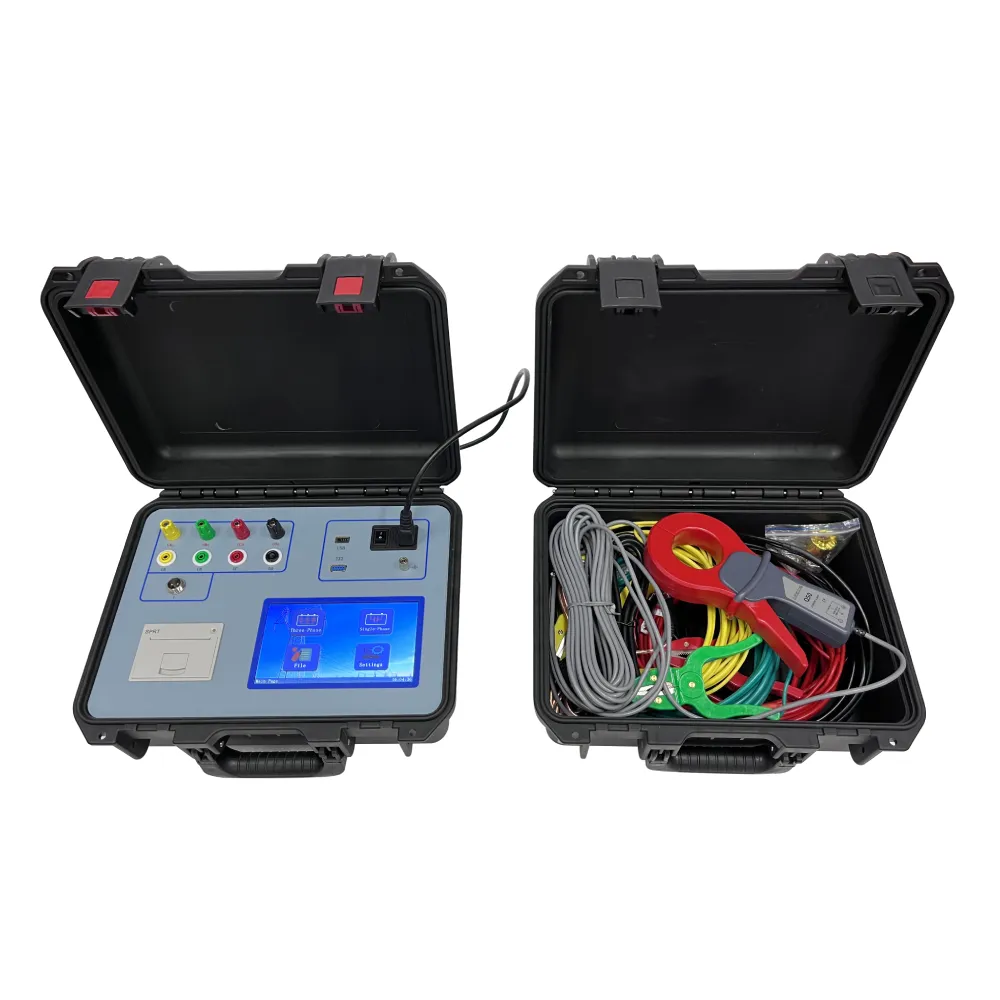 English
English


Automatic Titration Machine - Precision Titration Solutions for Laboratories
The Evolution and Importance of Automatic Titration Machines in Modern Chemistry
In the realm of analytical chemistry, titration is a fundamental method used to determine the concentration of a specific solute in a solution. Traditionally, this process has been labor-intensive and time-consuming, requiring the meticulous attention of skilled chemists. However, with the advent of technology, automatic titration machines have revolutionized this classic technique, enhancing accuracy, efficiency, and reproducibility in laboratory settings.
Automatic titration machines, also known as titrators, utilize advanced sensors and automated systems to control the titration process. These machines are equipped with precise pumps that deliver titrants at controlled rates, along with sophisticated sensors that detect endpoint changes. This automation significantly reduces human error, allowing for more accurate and consistent results—a critical factor in scientific research and various industrial applications.
One of the key advantages of automatic titration machines is their ability to handle complex titrations efficiently. For instance, in acid-base titration, the automatic titrator can swiftly adjust the flow of titrant based on real-time pH measurements. This capability not only speeds up the process but also minimizes the risk of over-titration, ensuring that the results are reliable and reproducible. In addition, many modern machines come with software that can analyze and document results automatically, further streamlining the workflow in laboratories.
automatic titration machine

Furthermore, the versatility of automatic titration machines allows them to be used in a wide range of applications. They are essential in pharmaceuticals, food and beverage industries, water quality testing, and environmental monitoring, to name a few. In pharmaceuticals, for example, ensuring the precise dosage of active ingredients is critical, and automatic titration provides the accuracy necessary to meet stringent regulatory standards. In the food industry, it helps in determining acidity levels and other quality parameters, which are vital for product consistency and safety.
The development of these machines has also had a positive impact on laboratory productivity. By automating tedious tasks, chemists and technicians can focus on more complex analyses and experiments. This shift not only increases the throughput of laboratories but also fosters innovation, as researchers can devote more time to developing new methodologies and exploring novel scientific inquiries.
Moreover, the integration of advanced technologies such as artificial intelligence and machine learning is poised to elevate automatic titration systems to new heights. Future iterations of these machines may incorporate predictive algorithms that enhance decision-making processes, optimize titration protocols, and even suggest further experiments based on previous results. Such advancements promise to make automatic titration machines even more indispensable in the analytical toolkit of chemists.
In conclusion, automatic titration machines represent a significant leap forward in the field of analytical chemistry. Their ability to enhance accuracy, efficiency, and reproducibility has transformed traditional titration methods, allowing for a more streamlined and reliable approach to analyzing chemical solutions. As technology continues to advance, these machines are expected to evolve further, playing an increasingly vital role in scientific research and various industrial applications. The evolution of automatic titration machines not only signifies progress within the field of chemistry but also embodies the broader movement towards automation and innovation in science.
-
Differences between open cup flash point tester and closed cup flash point testerNewsOct.31,2024
-
The Reliable Load Tap ChangerNewsOct.23,2024
-
The Essential Guide to Hipot TestersNewsOct.23,2024
-
The Digital Insulation TesterNewsOct.23,2024
-
The Best Earth Loop Impedance Tester for SaleNewsOct.23,2024
-
Tan Delta Tester--The Essential Tool for Electrical Insulation TestingNewsOct.23,2024





